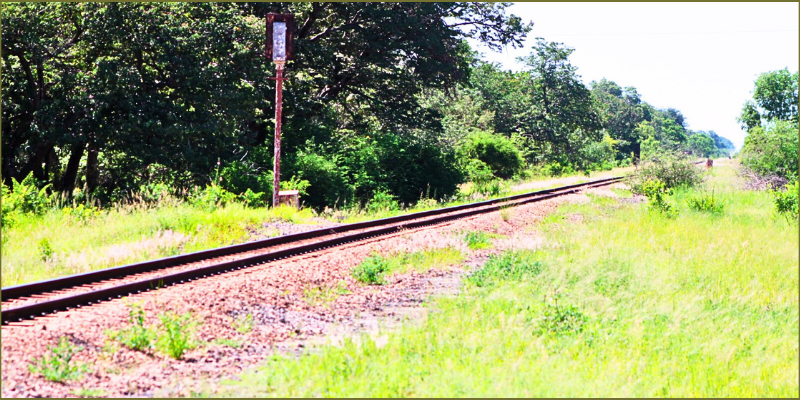Wild tracks of Hwange
Oct 10, 2024
Here’s a fun fact: ever wondered how coal, tourism and the great wilds of Hwange National Park all ended up intertwined? Well, let’s take a little trip down the railway line - literally!
Originally built by the British colonial authorities (they loved a good railway, didn’t they?), this line wasn’t just for show. Rhodesian Railways laid the tracks to link up Southern Rhodesia (now Zimbabwe) with Zambia and South Africa. The real goal? Boosting mining, agriculture and trade - because nothing says “colonial expansion” like shipping out resources at top speed.
Now, at first, it was all about the coal. The town of Hwange (or Wankie, as it was called back then) popped up thanks to a little something called coal deposits. In 1899, Hwange Colliery was established and from that moment on, they needed a reliable way to move all that coal far and wide. Cue the railway! Coal chugged off to places like Beira in Mozambique and the copper mines of Zambia, making the tracks essential for keeping the industry rolling.
But here’s where it gets interesting. Those same tracks ran close to Hwange National Park (which started life as Wankie Game Reserve in 1928) and suddenly, they weren’t just hauling coal. Visitors began hopping on board, eager to get up close with the park’s wildlife. Over time, what was once a gritty transport line morphed into a scenic route for travellers, with luxury train services making the wildlife experience all the more exciting. Imagine watching an elephant from your train window - beats your typical commuter journey, right?

Today, the railway still gets plenty of use, moving coal from the colliery, but it’s also a lifeline for tourism in the region. It brings visitors closer to the stunning landscapes of Hwange, helping build up the lodges and camps - like our very own Gwango. But with all this industry comes a balancing act. The same tracks that bring life to the park also bring challenges, especially with natural resources being tapped by various companies. Keeping that wildlife safe is a full-time job.
And, speaking of wildlife, did you know the park isn’t fenced? Yup, Hwange’s animals roam free, crossing the railway and sometimes even wandering right into Gwango Estate. No barriers, no walls - just a railway line that connects us to the wild in more ways than one.
So, if you happen to hear the whistle of a train near Hwange, remember: it’s not just carrying cargo; it’s carrying a piece of our shared history and a connection to the untamed beauty that surrounds us.